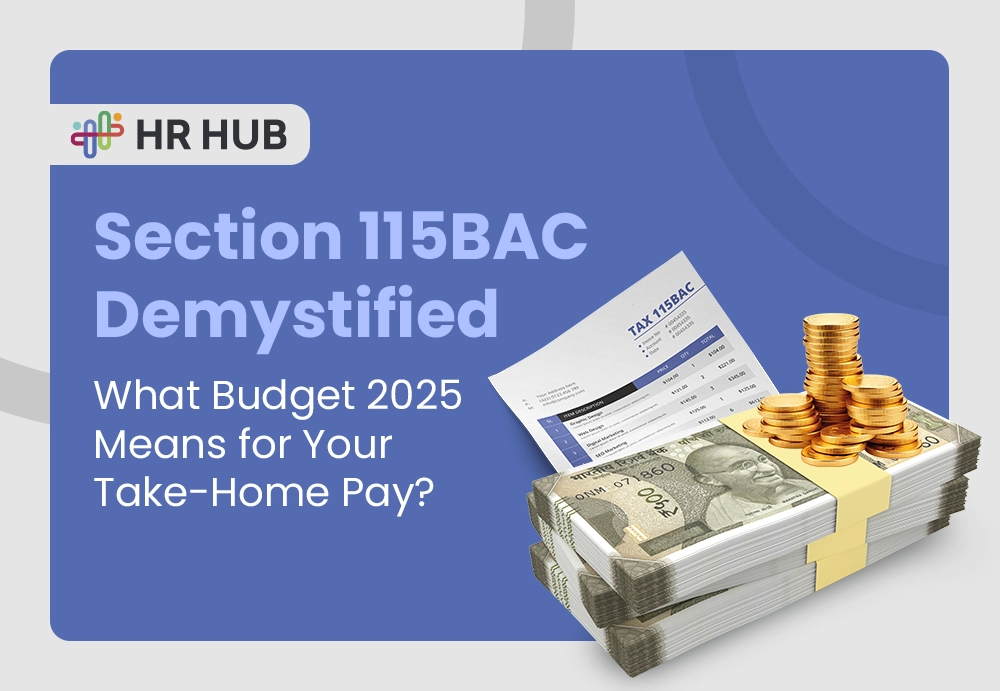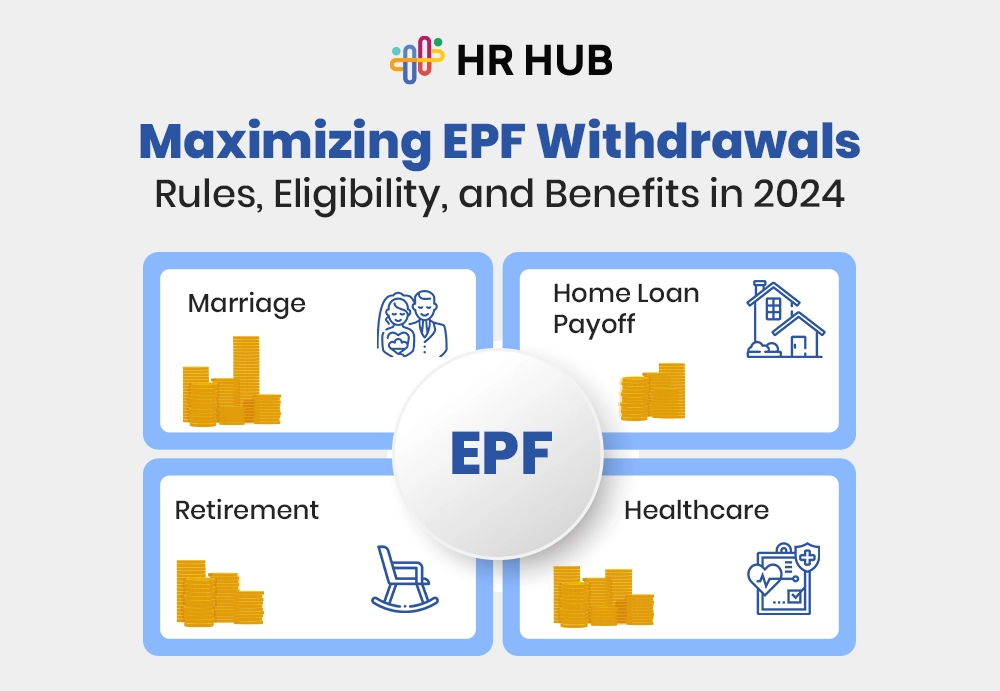


This site uses cookies to deliver our services. By using our site, you acknowledge that you have read and understand our Cookie Policy. Your use of HR HUB's services is subject to these policies.

Culture isn't built with pizza parties or ping-pong tables anymore.
It’s built every time your team feels heard, appreciated, and empowered—whether they’re at the office or logged in from halfway across the world.
And behind this cultural evolution? Quietly but powerfully—employee engagement platforms.
Let’s break it down: an employee engagement platform is not just a fancy HR tool. It’s the heartbeat of a modern organization—a centralized system that empowers employees, amplifies voices, strengthens connections, and measures cultural health in real-time.
In the early days, employee engagement meant sending out an annual satisfaction survey and hoping for the best. But today’s platforms have matured into comprehensive ecosystems that:
What used to be passive measurement has become active, intelligent culture-shaping.
Whether you’re managing a startup of 25 or a global team of 10,000, your people need to feel connected, recognized, and aligned. That’s hard to do manually or via scattered tools.
Employee engagement platforms centralize this effort and give HR and leadership:
This means you can scale culture as you scale business, without burning out your people or your HR team.
Having an employee engagement platform is like owning a high-performance vehicle—what matters is how you drive it. These platforms can do more than send out surveys or celebrate birthdays; when used strategically, they become the cultural nerve center of your organization.
Here’s how to unlock their full potential:
Before you launch new features or campaigns, ask: What exactly are we trying to improve?
Whether it's boosting retention, improving cross-team collaboration, or reducing burnout, tie your platform usage to clear, measurable outcomes. Review these goals quarterly to stay agile and relevant.
Your platform is only as effective as the people using it.
Managers are the bridge between strategy and execution. Provide them with easy-to-use playbooks, recognition templates, sentiment dashboards, and conversation starters. When managers engage authentically, their teams follow suit.
Think beyond monthly surveys. Instead:
Small interactions build trust faster than big events.
Don’t make employees jump through hoops. Integrate your platform with tools they already use—Slack, Microsoft Teams, Google Workspace, Jira. Set up smart triggers:
Engagement shouldn’t feel like “extra work.” It should be woven into the work.
Recognize collaboration, creativity, consistency, and growth. Public shoutouts shouldn’t just be for top sales or highest productivity. Celebrate the introvert who consistently supports their team, or the analyst who quietly improved the reporting system. This diversity in recognition builds an inclusive culture.
When employees give feedback, act on it. Close the loop by:
This turns feedback from a dead-end into a dialogue—and builds trust over time.
Advanced platforms don’t just report—they forecast. Use analytics to:
Turn data into proactive decision-making, not just post-mortem analysis.
Build an internal network of engagement advocates—not just HR. These are people who naturally encourage collaboration, bring energy to town halls, and support peer recognition. Give them visibility, platform access, and creative freedom to build momentum.
Remember: An employee engagement platform isn’t a solution—it’s an enabler. The real magic happens when people across all levels use it to co-create a culture that listens, values, and evolves.
Most companies discuss their culture, values, vision, and mission.Few live it.
Here’s the disconnect: traditional culture-building relied heavily on leadership charisma and isolated events. But in today’s hybrid, fast-paced workplaces, you can’t rely on “watercooler moments” alone. Culture needs systems. It needs structure. It needs continuity.
Enter: employee engagement platforms—the digital infrastructure behind modern company culture.
They don’t just streamline communication or automate feedback. They create experiences that shape how people feel about work daily.

Imagine trying to run a company by relying on a single annual survey.
That’s like checking your car engine once a year and hoping for the best.
Modern employee engagement software flips the script.
It gives you:
No more guessing games. No more “I had no idea they were disengaged.” You get a continuous read on your company’s emotional temperature.
This allows leaders to act proactively, not react once it’s too late.
Pro Tip: Companies that use real-time engagement tools see 23% higher profitability and 18% more productivity (Gallup).
Here’s a truth bomb: 65% of employees say they haven’t received any recognition in the last year.
Recognition isn’t just a “feel-good” factor—it directly affects performance, loyalty, and retention.
Employee engagement platforms have completely revolutionized how teams recognize one another. Think:
This fosters a culture of appreciation, where recognition becomes an integral part of the workflow, not a scheduled formality.
Even remote workers, often the most overlooked, now feel seen and celebrated.
Let’s face it. Remote and hybrid work aren’t temporary trends—they’re the future; however, with fewer physical touchpoints, building connections becomes trickier.
That’s why talent engagement software is now the secret weapon for distributed teams:
This is how culture scales in remote-first environments: By digitally engineering human connection, without losing the authenticity.
Culture isn’t just what you do in the office anymore—it’s how people feel when they open their laptop.
Every employee is different. So why is your employee engagement strategy one-size-fits-all?
Today’s best employee engagement software is built to adapt, not dictate.
With customizable journeys, personalized dashboards, and role-specific nudges, platforms now tailor culture to individual drivers.
Because when people feel personally valued and understood, engagement becomes a habit, not a chore.
Think of company culture as a living organism.
It breathes through feedback, adapts to change, and grows through recognition.
But without the right tools, even the best intentions fall flat.
That’s where employee engagement platforms shine—they don’t just collect data; they close the loop between action and impact.
From onboarding to exit, they ensure that every moment of the employee lifecycle feels purposeful, human, and aligned with the company's values.
And in that process, something magical happens:People stop working for the company… and start working with it.
Here's an uncomfortable truth: most engagement strategies are top-down in nature. In nature, Managers set the goals. HR tracks the metrics. Employees? They respond—if you're lucky.
But the real transformation begins when employee engagement platforms shift the power dynamics, from passive participants to active co-creators of culture.
Let’s say an employee has a brilliant idea for improving internal communication. With traditional systems, they might mention it to a manager and hope it climbs the approval ladder. With a modern employee engagement platform, they post it on a shared innovation wall, upvote others’ ideas, and track how many get implemented. Suddenly, innovation isn’t a suggestion box—it’s a social movement.
Platforms create micro-democracies inside organizations, where every voice, regardless of level or location, can shape the cultural narrative.
This level of empowerment breeds ownership, and ownership breeds cultures that not only survive but also scale.
Can you quantify culture? Turns out—yes, and you should.
With advanced talent engagement software, you’re not just getting vanity metrics like “survey completion rate.” You’re digging into:
This is culture as a key performance indicator (KPI), not a feeling.
The advantage? You’re no longer reacting to issues once they explode. You’re predicting burnout, spotting quiet quitting, and even identifying hidden influencers—the unsung heroes quietly holding your teams together.
And when engagement insights are connected with performance data, leadership development, and attrition risk? That’s not just an HR win—that’s a business strategy.

The best employee engagement software doesn’t just tell people what to do. It understands how they behave—and nudges them accordingly.
Using principles of behavioral psychology, these platforms are now capable of:
This means engagement doesn’t rely on memory or motivation. It’s baked into the workflow.
Think of it as having a smart cultural assistant who knows exactly when to remind, reward, and reinforce.
These nudges may seem small, but stacked over weeks and months? They become the habits that build an intentional, inclusive, and high-performing culture.
There’s a fine line between engagement and intrusion.
The most respected employee engagement platforms understand this and prioritize transparency, consent, and trust at every step.
This isn’t about tracking productivity. It’s about inviting participation without fear of surveillance.
And that, in turn, builds a culture where people feel psychologically safe, free to speak up, experiment, and even fail without judgment.
Because no amount of software can fix a culture built on mistrust. But the right platform? It can rebuild one.
Here’s a secret HR leaders already know:
Your company culture is your strongest recruiting tool.
Candidates talk. Glassdoor reviews matter. Employees post screenshots of recognition badges and Slack shoutouts.
When you implement a great employee engagement platform, the ripple effect hits:
This builds not just culture, but a culture-powered employer brand. And in the war for talent? That might be your ultimate advantage.
Let’s not sugarcoat it—culture work is complex. It doesn’t come in a box. But it does thrive with the right systems.
Employee engagement platforms are no longer a luxury; they are a necessity. They’re the infrastructure for modern culture—quietly running in the background, stitching together relationships, recognition, reflection, and results.
And if you're ready to stop managing people and start empowering them, it’s time to talk about HR HUB.
At HR HUB, we believe culture isn’t a project—it’s a practice. Our platform comes equipped with:
Because great cultures don’t just happen.
They’re designed. They’re sustained. And they’re measured in moments—the kind your team will remember.
Culture used to be defined by slogans. Now, it’s defined by systems of engagement.
If you're still juggling spreadsheets, emails, and manual surveys, you're not just behind on tech—you're behind on culture evolution.
HR HUB brings this future to your doorstep. With its built-in employee engagement software, pulse survey engines, 360-degree feedback systems, and recognition boards, HR HUB turns culture from concept to capability.
Whether you're managing a 50-person startup or a global team of 5,000, HR HUB ensures that your culture grows with you.
Because in 2025 and beyond, culture isn't a poster on the wall. It's the platform you build it on.



Ready to streamline your HR processes? Contact us today to learn how HR HUB can help your organization thrive. Fill out the form, and one of our experts will reply shortly. Let's empower your workforce together!
